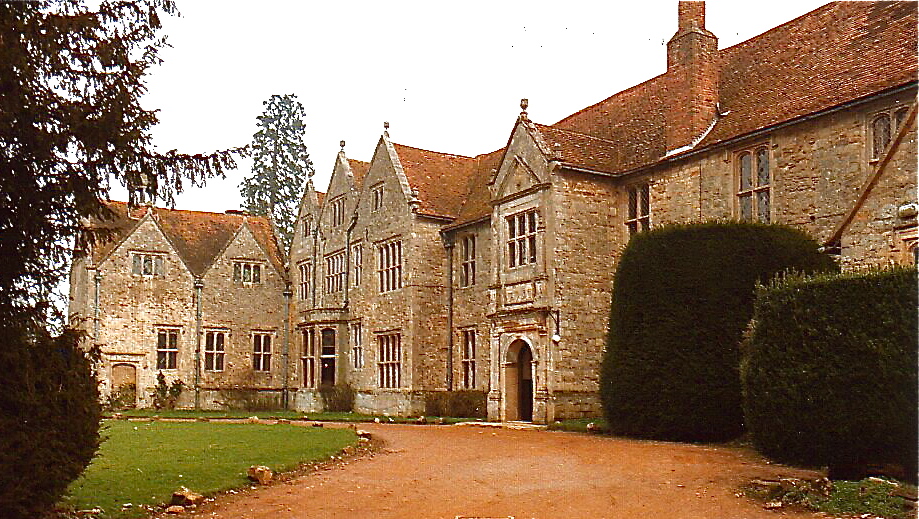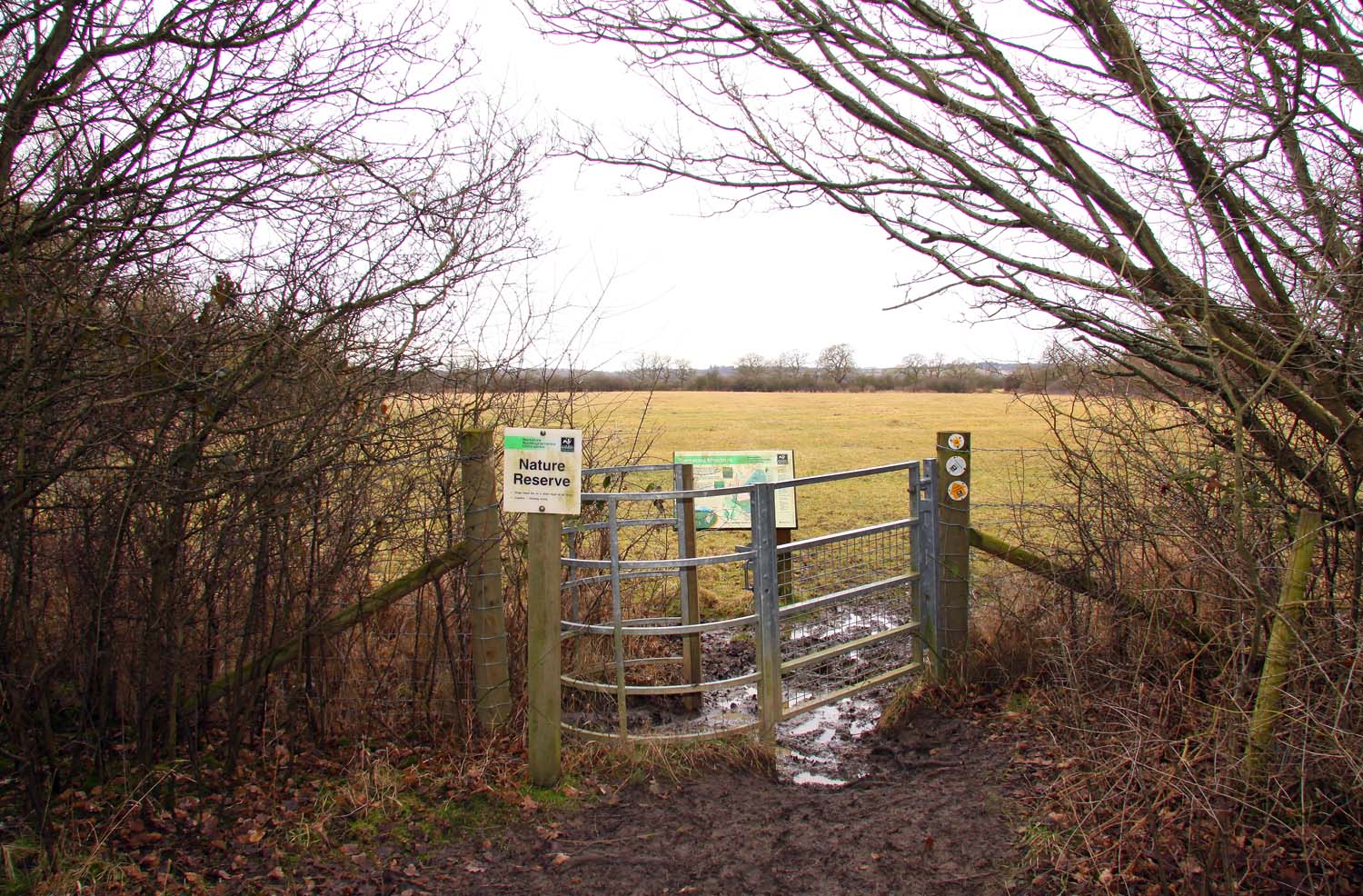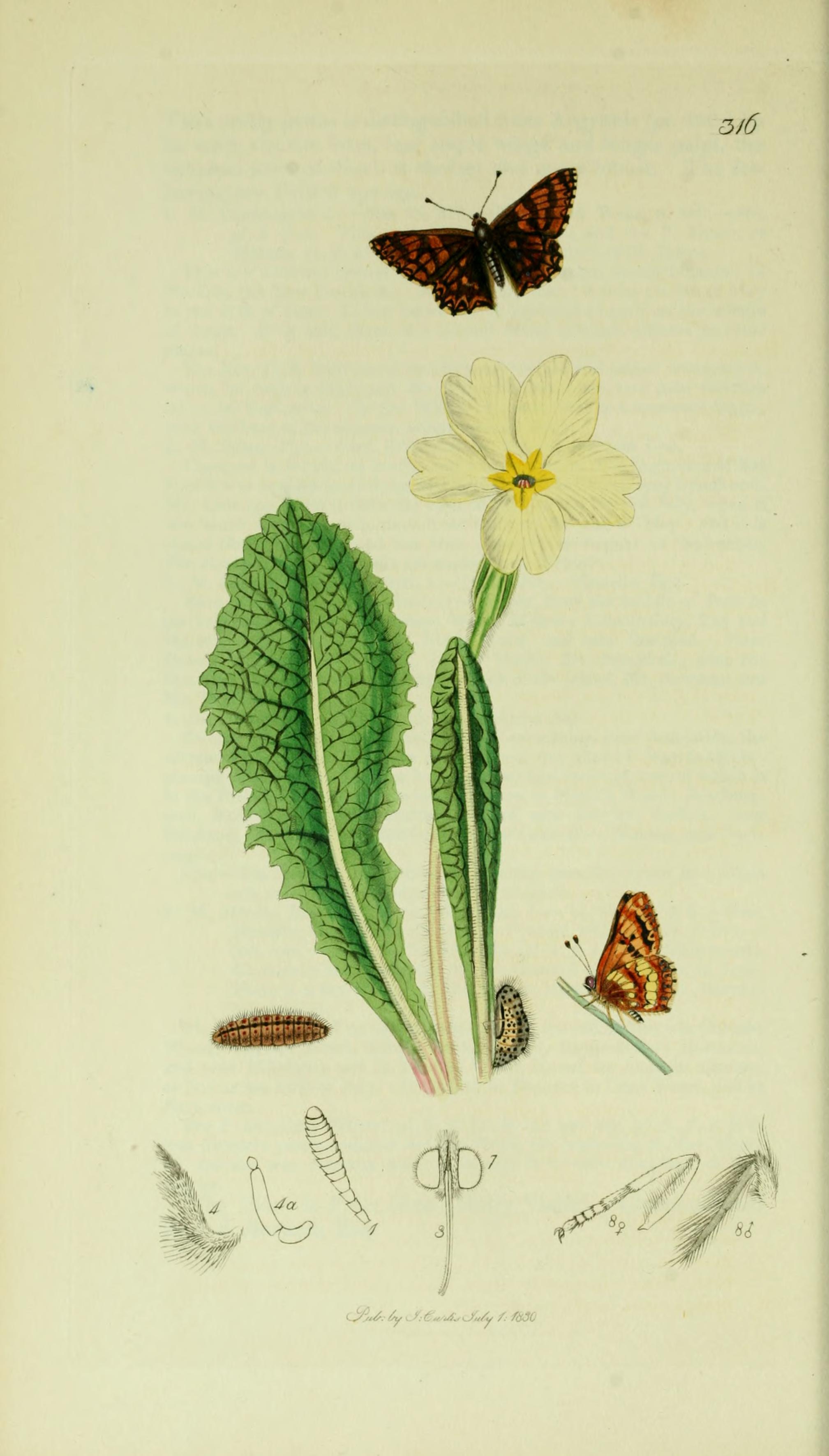|
Shabbington Woods Complex
Shabbington Woods Complex is a biological Site of Special Scientific Interest (SSSI) between Horton-cum-Studley and Worminghall in Buckinghamshire. It comprises Shabbington Wood, Bernwood Forest, Hell Coppice, Oakley Wood and York's Wood. Shabbington Wood is owned by the Forestry Commission, and a small area of 7.5 hectares called Bernwood Meadows is managed by the Berkshire, Buckinghamshire and Oxfordshire Wildlife Trust. The site is the largest remnant of the former Royal Forest of Bernwood. Other remnants are SSSIs in Oxfordshire. In this site only a small area of ancient woodland survives, and the main interest is the rich insect fauna. There are also two unimproved meadows, bounded by mature hedges, and several ponds. Over forty species of butterfly have been recorded, including the rare Duke of Burgundy Duke of Burgundy (french: duc de Bourgogne) was a title used by the rulers of the Duchy of Burgundy, from its establishment in 843 to its annexation by France in 1477, an ... [...More Info...] [...Related Items...] OR: [Wikipedia] [Google] [Baidu] |
Buckinghamshire
Buckinghamshire (), abbreviated Bucks, is a ceremonial county in South East England that borders Greater London to the south-east, Berkshire to the south, Oxfordshire to the west, Northamptonshire to the north, Bedfordshire to the north-east and Hertfordshire to the east. Buckinghamshire is one of the Home Counties, the counties of England that surround Greater London. Towns such as High Wycombe, Amersham, Chesham and the Chalfonts in the east and southeast of the county are parts of the London commuter belt, forming some of the most densely populated parts of the county, with some even being served by the London Underground. Development in this region is restricted by the Metropolitan Green Belt. The county's largest settlement and only city is Milton Keynes in the northeast, which with the surrounding area is administered by Milton Keynes City Council as a unitary authority separately to the rest of Buckinghamshire. The remainder of the county is administered by Buck ... [...More Info...] [...Related Items...] OR: [Wikipedia] [Google] [Baidu] |
Site Of Special Scientific Interest
A Site of Special Scientific Interest (SSSI) in Great Britain or an Area of Special Scientific Interest (ASSI) in the Isle of Man and Northern Ireland is a conservation designation denoting a protected area in the United Kingdom and Isle of Man. SSSI/ASSIs are the basic building block of site-based nature conservation legislation and most other legal nature/geological conservation designations in the United Kingdom are based upon them, including national nature reserves, Ramsar sites, Special Protection Areas, and Special Areas of Conservation. The acronym "SSSI" is often pronounced "triple-S I". Selection and conservation Sites notified for their biological interest are known as Biological SSSIs (or ASSIs), and those notified for geological or physiographic interest are Geological SSSIs (or ASSIs). Sites may be divided into management units, with some areas including units that are noted for both biological and geological interest. Biological Biological SSSI/ASSIs may ... [...More Info...] [...Related Items...] OR: [Wikipedia] [Google] [Baidu] |
Horton-cum-Studley
Horton-cum-Studley is a village and civil parish in Oxfordshire about northeast of the centre of Oxford and bordering Otmoor, and is one of the "Seven Towns" of Otmoor. The 2011 Census recorded the parish's population as 455. A majority of residents in the village work in the Healthcare and Educational Sectors. Civil parish The hamlet of Studley was originally in two parts: one in Oxfordshire and the other in the Hundred of Ashendon in Buckinghamshire. Horton was always part of Oxfordshire. Horton and all of Studley, including the Buckinghamshire part, were originally part of the ancient parish of Beckley. The Buckinghamshire part of Studley became a separate civil parish, but was then transferred to Oxfordshire under the Reform Act 1832 and the Counties (Detached Parts) Act 1844. Meanwhile Horton and the Oxfordshire part of Studley had been separated from Beckley to form the civil parish of Horton-cum-Studley. The two parts of Studley were reunited in 1932, when the Studley a ... [...More Info...] [...Related Items...] OR: [Wikipedia] [Google] [Baidu] |
Worminghall
Worminghall is a village and civil parish in the Buckinghamshire district of the ceremonial county of Buckinghamshire, England. The village is beside a brook that forms most of the eastern boundary of the parish. The brook joins the River Thame, which forms the southernmost part of the eastern boundary. The western boundary of the parish also forms part of the county boundary with Oxfordshire. The village is about west of the Oxfordshire market town of Thame. The 2011 Census recorded the parish population as 534. Toponym The Domesday Book of 1086 records the village's toponym as ''Wermelle''. An entry written in 1163 in a pipe roll records it as ''Wurmehal'', and an entry made in 1229 in an episcopal register records it as ''Wirmehale''. Other spellings included ''Wormehale'' in the 12th and 13th centuries, ''Wrmehale'' in the 13th and 14th centuries, ''Worminghale'' in the 14th and 15th centuries and ''Wornall'' in the 18th century. "Wornall" (or "Wunnle") are still common ... [...More Info...] [...Related Items...] OR: [Wikipedia] [Google] [Baidu] |
Bernwood Forest
Bernwood Forest was one of several forests of the ancient Kingdom of England and was a Royal hunting forest. It is thought to have been set aside as Royal hunting land when the Anglo-Saxon kings had a palace at Brill and church in Oakley, in the 10th century and was a particularly favoured place of Edward the Confessor, who was born in nearby Islip. From about 1217 through to the 17th century the forest went through a gradual period of deforestation. King Henry II (reigned 1154–1189) prepared a map of the forest at the time which is an invaluable tool in helping define its ancient boundaries; however, his purpose for drawing up the map was to divide the forest amongst his nobles. By the 16th century, another map of the forest had been drawn up by which time it had been reduced greatly in size. Again, the map was drawn up under the aegis of the Crown as an audit to what revenue could be made from selling off the forest. By the reign of King James I (reigned 1603–1625), the f ... [...More Info...] [...Related Items...] OR: [Wikipedia] [Google] [Baidu] |
Forestry Commission
The Forestry Commission is a non-ministerial government department responsible for the management of publicly owned forests and the regulation of both public and private forestry in England. The Forestry Commission was previously also responsible for Forestry in Wales and Scotland. However, on 1 April 2013, Forestry Commission Wales merged with other agencies to become Natural Resources Wales, whilst two new bodies (Forestry and Land Scotland and Scottish Forestry) were established in Scotland on 1 April 2019. The Forestry Commission was established in 1919 to expand Britain's forests and woodland, which had been severely depleted during the First World War. The Commission bought large amounts of agricultural land on behalf of the state, eventually becoming the largest manager of land in Britain. Today, the Forestry Commission is divided into three divisions: Forestry England, Forestry Commission and Forest Research. Over time the purpose of the Commission broadened to includ ... [...More Info...] [...Related Items...] OR: [Wikipedia] [Google] [Baidu] |
Bernwood Meadows
Bernwood Meadows is a nature reserve near Oakley in Buckinghamshire. It is managed by the Berkshire, Buckinghamshire and Oxfordshire Wildlife Trust. This traditional hay meadow has over 100 plant species, including lady's bedstraw, green winged orchids and cuckooflowers. It also has many species of butterfly, such as orange tip and rare black and brown hairstreaks. other wildlife includes brown hares, kestrels and moths. There is access from the road between Stanton St. John Stanton St. John is a village and civil parish in Oxfordshire about northeast of the centre of Oxford. The village is above sea level on the eastern brow of a group of hills northeast of Oxford, in a slight saddle between two of the hills. A ... and Oakley. References {{Authority control Berkshire, Buckinghamshire and Oxfordshire Wildlife Trust ... [...More Info...] [...Related Items...] OR: [Wikipedia] [Google] [Baidu] |
Berkshire, Buckinghamshire And Oxfordshire Wildlife Trust
The Berkshire, Buckinghamshire and Oxfordshire Wildlife Trust (BBOWT), is a wildlife trust covering the counties of Berkshire, Buckinghamshire and Oxfordshire in England England is a country that is part of the United Kingdom. It shares land borders with Wales to its west and Scotland to its north. The Irish Sea lies northwest and the Celtic Sea to the southwest. It is separated from continental Europe b .... The trust was formerly called the Berkshire, Buckinghamshire and Oxfordshire Naturalists' Trust (BBONT). __TOC__ Sites Berkshire Buckinghamshire Oxfordshire Notes References External links Berkshire, Buckinghamshire and Oxfordshire Wildlife Trust website {{DEFAULTSORT:Berkshire, Buckinghamshire And Oxfordshire Wildlife Trust Wildlife Trusts of England ... [...More Info...] [...Related Items...] OR: [Wikipedia] [Google] [Baidu] |
Hamearis Lucina
''Hamearis lucina'', the Duke of Burgundy, the only member of the genus ''Hamearis'', is a European butterfly in the family Riodinidae. For many years, it was known as the "Duke of Burgundy fritillary", because the adult's chequered pattern is strongly reminiscent of "true" fritillaries of the family Nymphalidae. Taxonomy and systematics Riodinidae is currently treated as a distinct family within the superfamily Papilionoidea, but in the past they were held to be the subfamily Riodininae of the Lycaenidae. Earlier, they were considered to be part of the now defunct family "Erycinidae", whose species are divided between this family and the subfamily Libytheinae. The genus ''Hamearis'', described by Jacob Hübner in 1819 is a monotypic genus of uncertain position (''incertae sedis''). Here it is considered part of subfamily Nemeobiinae, tribe Zemerini, within the metalmark butterfly family (Riodinidae). The origin of the common name is not known and the species was once called ... [...More Info...] [...Related Items...] OR: [Wikipedia] [Google] [Baidu] |
Sites Of Special Scientific Interest In Buckinghamshire
Site most often refers to: * Archaeological site * Campsite, a place used for overnight stay in an outdoor area * Construction site * Location, a point or an area on the Earth's surface or elsewhere * Website, a set of related web pages, typically with a common domain name It may also refer to: * Site, a National Register of Historic Places property type * SITE (originally known as ''Sculpture in the Environment''), an American architecture and design firm * Site (mathematics), a category C together with a Grothendieck topology on C * ''The Site'', a 1990s TV series that aired on MSNBC * SITE Intelligence Group, a for-profit organization tracking jihadist and white supremacist organizations * SITE Institute, a terrorism-tracking organization, precursor to the SITE Intelligence Group * Sindh Industrial and Trading Estate, a company in Sindh, Pakistan * SITE Centers, American commercial real estate company * SITE Town, a densely populated town in Karachi, Pakistan * S.I.T.E Indust ... [...More Info...] [...Related Items...] OR: [Wikipedia] [Google] [Baidu] |






.jpg)
